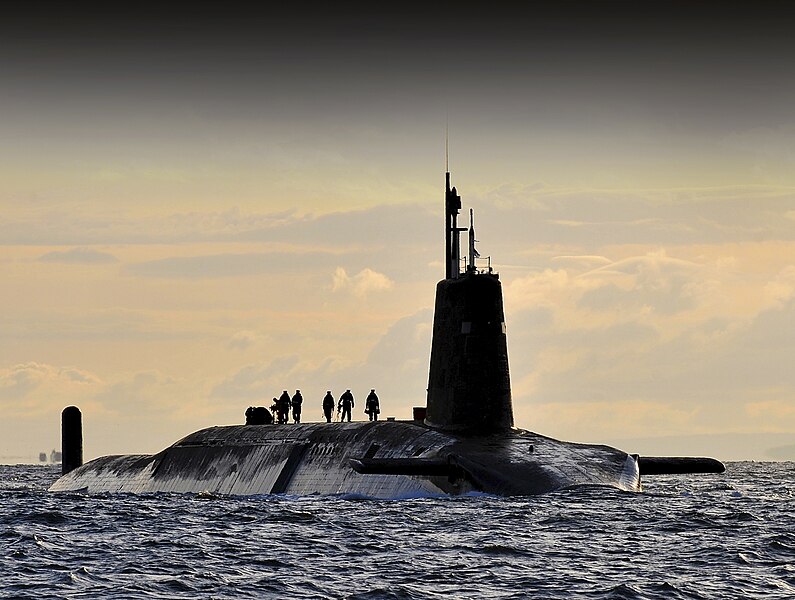
Once again, the test firing of a Trident missile from a Royal Navy submarine has ended in failure, marking the second consecutive setback.
The recent test, conducted from HMS Vanguard off the east coast of the US and witnessed by the defense secretary, experienced a malfunction in the missile's booster rockets, causing it to land in the sea near the launch site, as reported by the Sun.
Although typically armed with a nuclear warhead while on patrol, the missile was not equipped with one during the test fire.
This failure presents a significant embarrassment for both the UK and the US manufacturer of the Trident missile.
Trident missile tests by Britain are infrequent due to their high costs, with each missile priced at around £17 million. The last test took place in 2016 and similarly ended in failure when the missile deviated from its intended course.
Both Defense Secretary Grant Shapps and the head of the Navy were present on HMS Vanguard during the test, following the submarine's more than seven-year refit.
A defense source close to Mr. Shapps emphasized that the Trident missile "could absolutely fire in a real-world situation" if necessary, attributing the test failure to a specific event that would not occur during an armed firing.
Mr. Shapps is expected to provide a written ministerial statement regarding the incident later.
The failed missile was intended to travel several thousand miles before landing safely in the Atlantic between Brazil and West Africa, but instead, it plunged into the ocean near its launch point.
During the failed 2016 test, launched from HMS Vengeance off the coast of Florida, the Trident II D5 missile, designed to reach a sea target off the west coast of Africa, unexpectedly veered towards the US. The cause of the malfunction remains classified.
The Labour Party has raised concerns about the efficacy of the UK's nuclear deterrent, while the Campaign for Nuclear Disarmament (CND) has criticized the costly failure following a reported £500 million refit.
In response, the Ministry of Defense acknowledged an anomaly during the recent launch but affirmed HMS Vanguard's operational capability and reiterated the effectiveness of the UK's nuclear deterrent.
HMS Vanguard is one of four Vanguard nuclear submarines deployed since 1994, with one vessel continuously at sea. These submarines, based at Faslane Royal Navy base and equipped with US-built Trident 2 D5 nuclear missiles, are slated to be replaced by the larger Dreadnought-class submarines in the 2030s. A substantial budget has been allocated for the replacement program, ranging between £31 billion and £41 billion, according to the House of Commons Library. Photo: CPOA(Phot) Tam McDonald/MOD, Wikimedia commons.



































